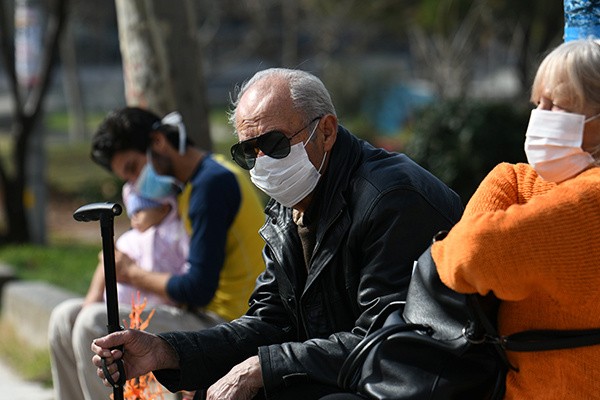
Men have a higher risk of death than women if they contract the new strain of coronavirus, a recent study reveals. Coronavirus is reported in 28 countries, as of this writing, but little is known about the demographic factor of the disease especially how it has affected the patients from China, where the virus emerged.
The recent report by the Chinese Center for Disease Control and Prevention gave a telling picture of how the disease has taken the Chinese patients. The research reviewed the 72,314 patient records from the Chinese Center for Disease Control and Prevention, making it the largest study on the outbreak today.
The report also revealed that of the 44,672 confirmed cases of the coronavirus, 16,186 suspected cases and 889 cases where the carrier of the coronavirus displayed no symptoms. Majority of confirmed cases affected people ages 30 to 69, most of which were "Wuhan-related exposure". Of the confirmed cases, only 4.7% of the confirmed cases had reached "critical" status, in which the patients had exhibited symptoms like respiratory failure, septic shock, and multiple organ dysfunction or failure. Half of these critical patients eventually become fatal.
Most at Risk of Contracting Fatal Case
Everyone is in danger of acquiring coronavirus. But like any other contagious disease, there are people who are most at risk in getting it or people who will get a harder blow as a result of the virus.
More Fatal in Men than Women
Male and females have likely the same chances of getting the virus: 22,981, or 51%, of the total, confirmed cases are male patients, while there are 21,691 confirmed cases of female patients as of Feb. 11. However, fatality rates were observed to be higher among men than women: Male patients were noted to have a 2.8. fatality rate, while women have 1.7%.
Simon Clarke, associate professor in cellular microbiology, said that the statistical difference in the sexes may not have something to do with biology. The statistical difference might be because of the patient's exposure to situations or circumstances and not biological difference. "Other social factors need to be excluded to say, there is a biological difference", Clarke explained.
Elderly people
The study also revealed that as the age increases, cases of fatality rate also increases. Patients over 80 years old have a fatality rate of 14.8%, leading to death. Eight percent fatality rate is recorded in patients aging from 70 to 79, while patients aging from 60 to 69 had a fatality rate of 3.6%. The overall fatality rate is calculated at 2.3%, with the number of deaths among confirmed cases totaling to 1,023.
Patients with preexisting health conditions
Researchers note that of the 1,023 deaths, the majority of fatal cases are those who are over 60 years of age with pre-existing conditions. Elder patients with cardiovascular disease had a fatality rate of 10.5%. On the other hand, elderly patients with diabetes had a fatality rate of 7.3%. Chronic respiratory disease, hypertension, and cancer had also higher fatality rates.
The fatality rate of patients with no reported preexisting conditions dropped to 0.9%, according to the study.
The report highlights that only those patients having critical symptoms had died, but had not proved fatal for those in 'mild' or 'severe' categories.
© 2025 NatureWorldNews.com All rights reserved. Do not reproduce without permission.





